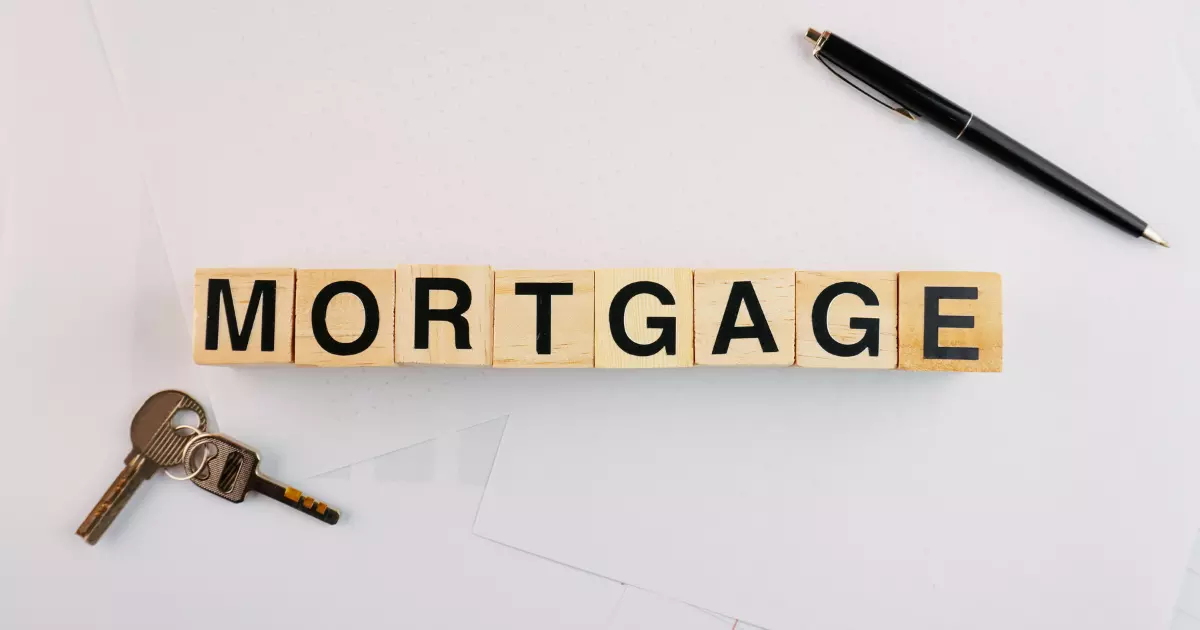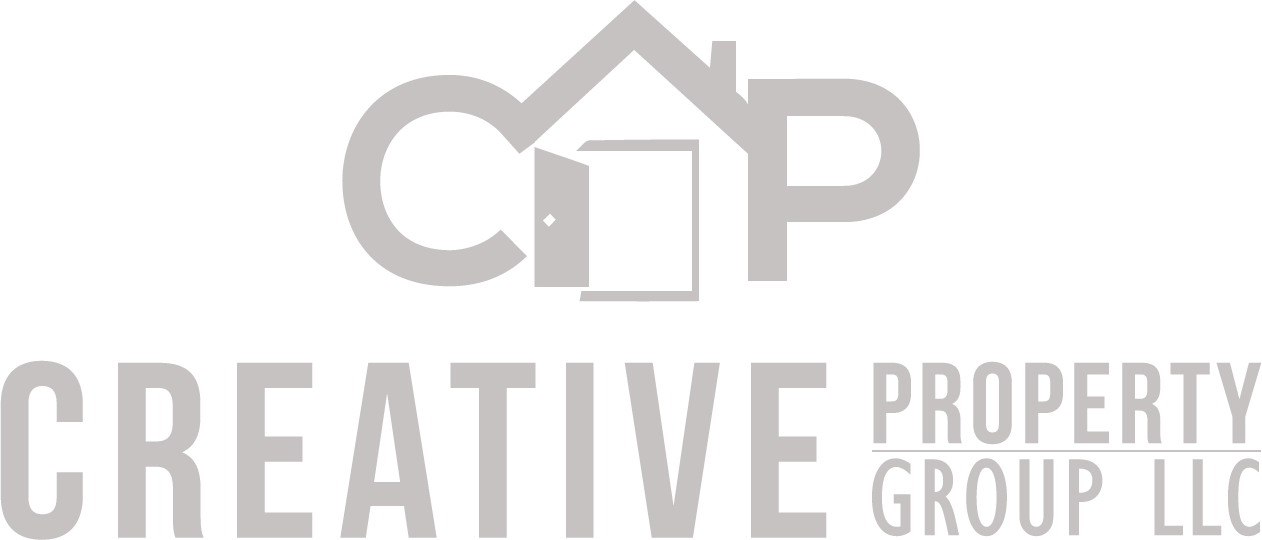What is Home Financing?

The journey of home financing can feel like a maze, especially for first-time home buyers. There is a certain level of risk involved, and getting lost could mean trouble. But there’s absolutely nothing to fear when it comes to mortgage loans.
In this article, we’ll teach you all about the mortgage process and more. We will also explain the types of mortgages and how to apply for one. Keep reading to discover all you need to know about home financing and mortgage loans.
What Is A Home Mortgage and How Does it Work?
Before anything else, we need to explain and define what exactly is a home mortgage. Simply put, it is a loan provided by a bank or mortgage lender to help you purchase a house.

The process begins when you apply for a mortgage. You’ll have to prepare your financial information for the lender to start assessing you. It can include your monthly income, real estate assets, and financial obligations or debt. The lender will have to evaluate if you can repay the monthly mortgage payment. They will also assess the home if it is worth the loan amount.
Read also: Tax Debt Elimination for Property Owners
The lender can choose to foreclose the house if you cannot make your monthly mortgage payment. This means that the home you’re buying will serve as collateral in a secured loan.
You will need to choose carefully between an adjustable-rate and fixed-rate loan. Adjustable-rate loans can significantly reduce the amount of interest you pay. However, fixed-rate loans often have an interest rate and monthly principal that stays the same. It’s a convenient way to keep track of your monthly payments. We’ll discuss this more later in the article.
The period of time to pay for the common types of mortgages is usually 15 to 30 years. Your mortgage payment is split between the monthly principal and the interest rate. However, the interest rate and monthly principal can differ from the type of loan.
What are The Types of Mortgages?

There are different types of loans that different mortgage companies offer. Each mortgage has different payment requirements regarding varying interest rates and monthly principles. Understanding them can significantly impact your ability to make informed decisions as home buyers. Here are the common types of loans you should note:
Conventional Loans
A conventional mortgage stands out as a popular choice for home financing. Private lenders, including banks and mortgage companies, usually provide these types of mortgage loans. Unlike government-backed loans, these mortgages do not come with government insurance. This means lenders typically require a higher credit score from borrowers to minimize the risk of default.
Many home buyers prefer conventional loans for their adaptability. These loans offer a variety of terms such as different durations and interest rate types. Usually, it is payable for 15 or 30 years. The interest can either be fixed or adjustable. This range of options allows borrowers to pick a loan that fits their financial situation and goals well. For instance, some may choose a shorter loan term to pay off their mortgage quickly. Another instance is when others might select a longer term to reduce their monthly payments. The capability to customize this loan type according to personal needs makes conventional mortgages a top choice for many home buyers.
Specialty Loans
Specialty loans stand out from conventional loans with their customizable features. Unlike standard loans, specialty loans adapt to the borrower’s unique circumstances. This adaptability makes them a versatile choice for a wide array of mortgage products. Lenders can tailor these loans specifically to individual needs. They provide solutions that conventional mortgages may not offer.
This type of loan shines in its ability to offer adjustable rates and flexible terms. These are not typically available with conventional mortgage agreements. As a result, borrowers who seek personalized loan options gravitate towards specialty loans. They cater to a diverse range of financial situations. That’s why these are a popular and practical choice for those who require more than what traditional loan structures can provide.
FHA Loans
FHA loans offer a pathway to homeownership for those who might find conventional loans out of reach. Backed by the Federal Housing Administration, these loans are renowned for their less stringent credit score and down payment requirements. This accessibility makes FHA loans an appealing option for potential homebuyers and individuals with lower credit scores. FHA loans reduce the risk of lending with more flexible qualification criteria.
The hallmark of an FHA loan lies in its low down payment requirement, It can go as low as 3.5% of the purchase price for borrowers with a credit score of 580 or higher. Additionally, FHA loans permit the down payment to come from a gift or a grant. This further eases the path to homeownership. This flexibility, combined with the possibility of financing some closing costs, makes it a critical tool for expanding access to home buying. After all, a government agency can help especially for those entering the real estate market for the first time.
USDA Loans
USDA loans stand as a unique offering in the mortgage landscape. It targets individuals looking to buy homes in rural and some suburban areas. Sponsored by the United States Department of Agriculture, these loans aim to encourage first-time homebuyers to live in less densely populated regions. The standout feature of USDA loans is their no down payment requirement. This is beneficial and highly attractive to potential homeowners who may find saving for a down payment challenging.
Eligibility for a USDA loan hinges on the property’s location, as defined by USDA guidelines. The borrower’s income level will also matter and must not exceed specified limits. These loans are not just for farmers or agricultural producers. They are also available to any qualifying borrower seeking to purchase a home in an area deemed eligible by the USDA. With competitive interest rates and the possibility of financing 100% of the home purchase price, USDA loans offer a viable and affordable path to homeownership for those willing to embrace life in rural or suburban settings.
VA Loans
VA loan is guaranteed by the U.S. Department of Veterans Affairs. This type of loan provides a significant benefit to veterans. It also includes members in active-duty service and the National Guard and Reserves. The loans stand out for their no down payment requirement. They are an exceptional choice for eligible individuals seeking to purchase or refinance a home. Additionally, VA loans do not require private mortgage insurance (PMI). PMI is a common expense for borrowers who put down less than 20% on other types of loans. Since it is not a requisite, it can further reduce monthly housing costs.
The eligibility for VA loans extends to spouses of service members who have died in the line of duty or as a result of a service-related disability. The program aims to honor the sacrifice of service members by providing them with more accessible and affordable home financing options. This program allows for competitive interest rates and more lenient credit requirements compared to conventional loans. VA loans play a crucial role in helping veterans and active-duty military members achieve the dream of owning a home.
Creative Home Financing
Creative home financing refers to the use of non-traditional methods to finance the purchase of a home. It comes useful when conventional mortgage options may not be available or ideal. This can include strategies like rent-to-own agreements, where a portion of the rent payments go toward the future purchase of the home.
It also includes owner financing, where the seller acts as the lender and the buyer will pay them directly. There are even lease options, which give the renter the choice to buy the home at the end of the lease period. These methods are particularly useful for buyers who may not qualify for traditional loans due to issues in credit reports. Creative financing can offer more flexibility and opportunities for both buyers and sellers, but it’s important to understand the terms and potential risks involved.
How Do I Apply for Home Financing?

The entire mortgage process can feel like a maze, especially with each type of mortgage loan. Mortgage agreements involve several key phases to ensure that you can find the right one for you. Here’s a detailed step-by-step process for you to get started.
1. Get a Preapproved Loan
Getting a preapproved loan for home financing acts as a crucial step for several reasons. Firstly, it shows sellers you’re serious and financially ready to buy. This approval depends on your budget. It is a strategic approach so you can purchase a house within your means. It also speeds up the buying process since the lenders already assessed your financial health.
Read also: 5 Ways To Improve Your Finances
Essentially, preapproval strengthens your offer in competitive markets. This sets you apart from buyers without it. It can also identify any financial issues early on. With pre-approval, you can address them before making a formal home purchase offer. Here’s how you can get a preapproved loan:
- Research Lenders. Begin by researching potential mortgage lenders. Look at banks, credit unions, and online lenders. Compare interest rates, fees, and loan terms.
- Gather Financial Documents. You’ll need to provide documents that verify your income requirements, employment, and credit history. These typically include pay stubs, tax returns, W-2 or 1099 forms, bank statements, and identification documents.
- Submit A Mortgage Application. Apply for a mortgage preapproval with the lender you’ve chosen. The lender will perform a credit check and assess your financial situation to determine how much they’re willing to lend you.
- Receive Preapproval Letter. If you’re preapproved, the lender will issue a pre-approval letter stating the amount you’re eligible to borrow. This letter is crucial when making offers on homes. It shows sellers you’re a serious buyer with financing in place.
2. Look For Your Home
Once you obtain a preapproved budget, you can start looking for a house. This stage is considerably the most time-consuming and confusing to do. With all the available options on the market, you might find it hard to choose one that suits your needs. Plus, you also need to consider different things. Here’s our expert tips for you.
- Determine Your Budget. Use the preapproval amount to guide your budget. In your allotted fund, include additional costs such as taxes and insurance. Don’t forget to also the maintenance when determining what you can afford.
- Choose A Real Estate Agent. Consider working with a real estate agent who can help you find homes that meet your criteria. They can accompany you on house viewings and provide valuable advice during the home-buying process.
- Visit Properties. Once you have a list of houses that fit within your budget, do an ocular visit to each one. Doing so will help you identify any issues that could affect your decision or the home’s value. Check the location, neighborhood, and future resale value.
- Make an Offer. Once you find a home you like, make an offer. The sooner, the better. Your agent will help you make a competitive offer based on comparable homes in the area and any contingencies you wish to include.
3. Get the Final Approval for Your Loan
After finding your home, you will need an appraisal from your lender. If your credit score is a good fit for the closing costs, they will approve your loan. Here are two things to look out for.
- Home Inspection and Appraisal. After your offer is accepted, arrange for a home inspection to identify any potential issues. Your lender will also require a home appraisal to ensure the property’s value matches the selling price and loan amount.
- Finalize the Mortgage. Your lender will review the inspection and appraisal results, finalize your loan application, and request additional documentation. This phase includes underwriting where the lender verifies your financial information. They also need to verify the property details to give the final loan approval.
4. Close the Loan
Once you obtain the final approval, you should not start closing your loan. Here’s how you can do it properly.
- Review Closing Disclosure. Before closing, you’ll receive a Closing Disclosure document outlining the final costs of your mortgage. Remember to review it carefully to ensure accuracy.
- Sign Documents During The Closing Day. At closing, you’ll sign all the necessary paperwork to complete the purchase, including the mortgage and transfer of ownership documents. You’ll also pay your down payment and closing costs.
- Receive the Keys: Once all the paperwork is signed and the loan is funded, you’ll receive the keys to your new home.
Bear in mind that this process can vary slightly depending on your location and the specifics of your loan product. Working closely with your lender and real estate agent will help navigate the steps to home financing more smoothly.
Fixed vs. Variable Mortgage: What’s The Difference?
When it comes to getting a mortgage for buying a home, there are two main types to choose from: fixed-rate mortgages and variable-rate mortgages. Each type has its pros and cons. It’s important to understand their differences before making a decision.
Fixed Mortgage
A fixed-rate mortgage is a type of home loan where you pay the same interest rate for the entire time you have the loan. This means your monthly payment for the loan doesn’t change, even if interest rates in the market go up or down. Here’s how it works.
- Interest Rate. When you get the mortgage, the bank sets your interest rate. This rate stays the same until you’ve paid off the loan.
- Monthly Payments. Your payments are the same every month. Part of each payment goes towards the interest you owe. The other part goes towards reducing the amount you borrowed.
- Loan Term. This is how long you have to pay back the loan. Common terms are 15 or 30 years. Longer terms mean smaller monthly payments. However, you’ll pay more interest over time.
Choosing a fixed-rate mortgage can be a good idea. It helps you know exactly what you will pay each month. It protects you from rising interest rates. Hence, budgeting is easier for your home expenses.
Variable Mortgage
A variable-rate or adjustable-rate mortgage is a kind of home loan where the interest rate isn’t fixed but can fluctuate over the loan’s life. Consequently, your monthly payments may increase or decrease. They are usually influenced by changes in market interest rates. Here’s a breakdown of its key features.
- Initial Rate and Adjustments. Initially, you receive a certain interest rate from the bank, but this rate isn’t permanent. It adjusts periodically, guided by a specific financial index plus an additional margin.
- Payment Variability. Your monthly mortgage payments are not constant. They will vary as the interest rate changes. They increase with higher rates and decrease with lower ones.
- Adjustment Frequency and Caps. Your loan terms specify how often your interest rate can adjust. These set limits on the rate’s possible increase at each adjustment period and over the total loan term.
Opting for a variable-rate mortgage might be appealing if you anticipate a decrease in interest rates, potentially reducing your payment amounts. However, this type of mortgage carries more risk compared to a fixed-rate mortgage since your payments could climb with rising interest rates. It’s suitable for those who are flexible with their monthly budgeting.
What is A Mortgage Payment?

A mortgage payment is the money a borrower pays to a lender to pay back a loan used to purchase property. This payment typically includes four main components: principal, interest, taxes, and insurance. The principal refers to the amount of money borrowed. Interest is the cost of borrowing that money. On the other, taxes are the property taxes charged by local governments. The insurance covers the property against damages.
When someone takes out a mortgage, they agree to make regular payments. These regular payments are usually monthly. As mentioned above, these have a period of 15 or 30 years.
The process starts with applying for a mortgage through a lender. The lender checks the borrower’s credit, employment history, and financial stability. This determines if they qualify for the loan and at what interest rate. Once the borrower gets approval, they agree to the loan terms. Among the things they agree on are the interest rate, repayment schedule, and the process to close the deal. After closing, the borrower starts making the agreed-upon payments until they pay off the loan in full.
If the borrower fails to make payments, the lender can foreclose on the property. This means that they can take ownership and sell the property to recover the owed amount. Therefore, borrowers must understand the terms of their mortgage and ensure they can meet the payment obligations. Over time, as the borrower makes payments, they build equity in the property. This is the portion of the property they own outright.
What are The Average Home Financing Rates?
As of the beginning of March 2024, individuals looking to finance a home can expect to encounter various interest rates depending on the term of their mortgage. Specifically, the average interest rate for a 30-year fixed-rate mortgage has been reported at approximately 7.12% Annual Percentage Rate (APR) as of March 1, 2024.
Meanwhile, for those opting for a shorter term, the average rate for a 15-year fixed-rate mortgage stands at around 6.57%. It’s important to note that these figures can fluctuate based on a myriad of factors such as economic conditions and market trends. Therefore, anyone considering taking out a mortgage must seek advice from financial advisors or mortgage specialists. Doing so will help them obtain the most up-to-date rates. Professionals can also help them determine the most suitable mortgage option for their financial situation and objectives.
Wrapping Up
In this guide, we showed you the different mortgage types. We also explained loan limits and mortgage eligibility. We hope that what we imparted can help you make informed decisions.
Most of the time, navigating your way through the mortgage loan process as a potential borrower can be daunting. However, you don’t have to go through this journey alone. Our real estate agents at Creative Property Group can help you smoothen the mortgage process. We’ll answer all of your questions and uncertainties in a friendly manner. Contact our experts now and let’s start your home financing journey.

